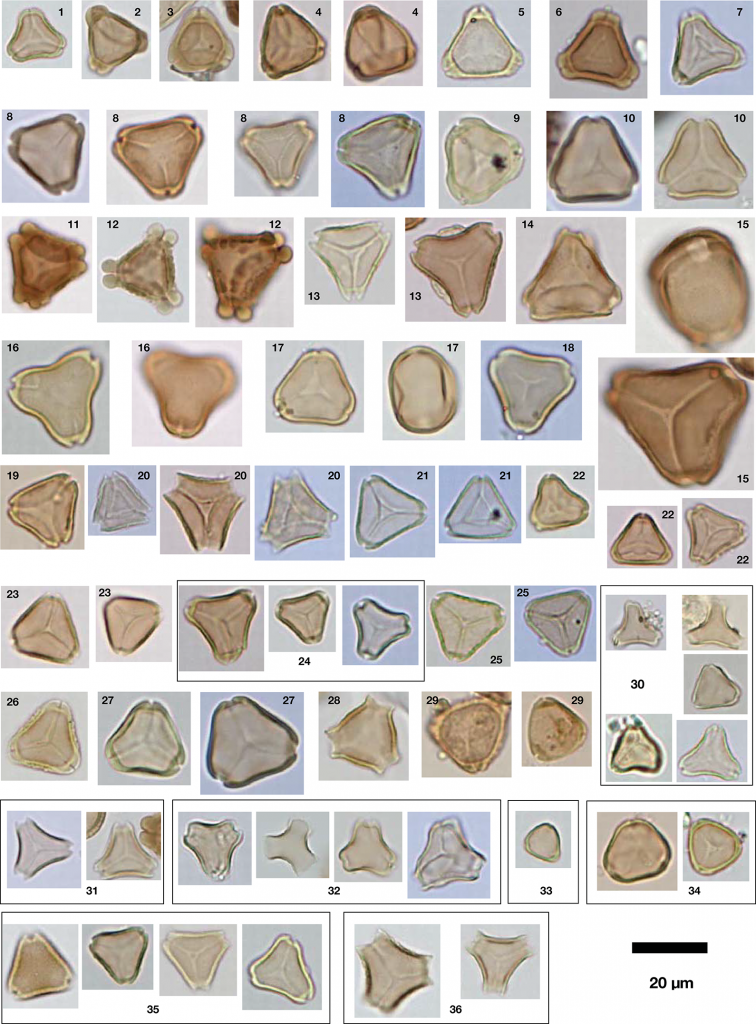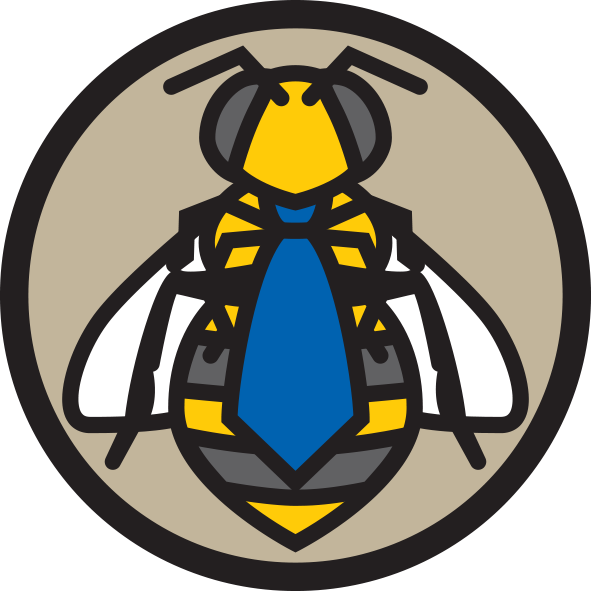Honey counterfeiting is a big issue. It can take two forms. One is adding cheap substances such as corn syrup or sugar syrup to dilute the honey and increase profit margins. The other is mislabelling the origin of the honey, to profit on the good reputation of honey produced by certain countries. Both types of counterfeiting damage Australia’s honey industry and make it difficult for Australian beekeepers to compete with these counterfeit products.
An AgriFutures Australia study (Dawes & Dall 2016) analysed five Jarrah (Eucalyptus marginata), Red Stringybark (Eucalyptus macrorhyncha), Spotted Gum (Corymbia maculata) and Yellow Box (Eucalyptus melliodora) honeys against European standards for pollen content. Currently there is no Australian database.
The study found that the European standards for Eucalyptus honey, developed solely through European palynologists’ experience with Eucalyptus honey produced in the Mediterranean region, are poorly applicable to Australian honeys. Four Australian honeys failed the pollen criteria; they did not have enough Eucalyptus pollen content to be considered Eucalyptus based on European standards. This study serves to highlight the problem of characterising the authenticity of Australian honeys based on reference libraries that do not contain samples of the vast array of unique native Australian plants.

Myrtle pollen diversity in Australian honey
A more recent AgriFutures Australia project (Sniderman 2018) investigated the ability to use pollen to verify the origin of Australian honey. The study analysed the pollen content of 173 honey samples from southern Australia and observed 36 distinct myrtle (Myrtaceae) pollen morphotypes (types that look similar).
Honey from southern Australia is characterised by a high number of pollen morphotypes (average 4.6, range 0 to 11) from the myrtle family, which includes Eucalyptus, Callistemon, Melaleuca, Leptospermum and others.
In Europe, there is a single indigenous species (Myrtus communis) and Eucalyptus honey in Europe is almost exclusively produced from plantations of Eucalyptus globulus and Eucalyptus camaldulensis. There are a large number (>2500) of myrtle species in South America, but low morphotype diversity. Thus, Eucalyptus honey produced in Europe and South America contain two or less myrtle pollen morphotypes.
Pollen analysis to determine the number of myrtle morphotypes can enable verification that honey identified as Australian was indeed produced in Australia. Economic analysis suggested that the use of pollen analysis to authenticate country-of-origin of Australian honeys would be cost effective if it results in a 4% increase in the price of authenticated honey. Such authentication would require the development of a labelling system and a marketing campaign to yield the necessary price increase.
Acknowledgements:
- Dawes, D. Dall (2016) Value-adding to Honey. Rural Industries Research and Development Corporation publication 13/123, Canberra ACT
- Sniderman (2018) Verifying the origin of Australian honeys by analysis of their pollen content. AgriFutures Australia publication 18/042, Canberra ACT
- M. K. Sniderman, K. A. Matley, S. G. Haberle, D. J. Cantrill (2018) Pollen analysis of Australian honey. PLoS ONE 13: e0197545
- This article was written by Nadine Chapman and peer-reviewed by Madlen Kratz and Kale Sniderman.


